The 3D stereo, virtual and real fusion features of AR technology can make the education and learning process vivid and interesting, and effectively improve the learning effect. Here are some great AR education apps (mostly free) that make the boring physics, geography, math, etc. fun to learn, just as easy as playing a game.
The Big Bang Legend: Learning Particle Physics is playing games
There is an AR application in the world called "Big Bang Legends", a game that teaches students about particle physics. In the game, the player can launch high energy grain five rays to capture the quark, and then combine the quarks into protons to form atoms of different substances. The first 10 elements of the Periodic Table of the Elements (from hydrogen to æ°–) are rendered in an interesting 3D stereoscopic image, and players can use these elements to visualize their characters to fight monsters. In this way, the boring abstract physics knowledge is presented to the students in a lively and interesting game form, and the teacher no longer has to worry about the students' lack of interest in physics. In addition, as early as 2010, it began to explore the application of AR to Physics, Chemistry, Mathematics, and English Education LearnAR. LearnAR can be a lively and interesting demonstration of the teaching of physical phenomena.
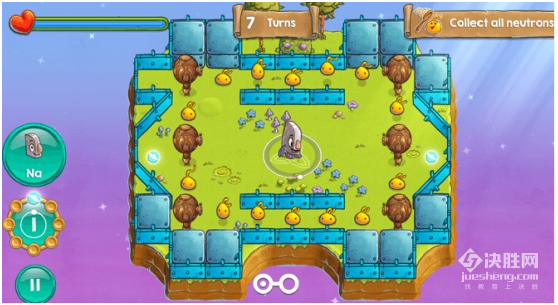
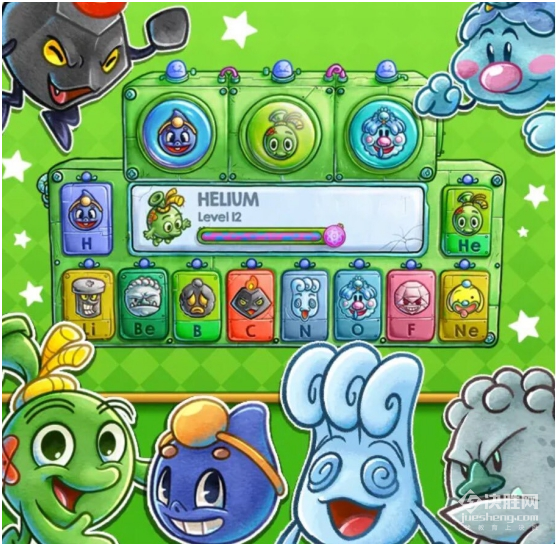
FETCH! Lunch Rush: I learned advanced mathematics without knowing it.
FETCH! Lunch Rush from PBS KIDS is an AR application designed to help lower grade students learn mathematics through visualization. After launching FETCH! Lunch Rush on your smartphone, students can take 3D photos with their mobile phone camera. This visualization can help students learn addition and subtraction using real life scenarios.

The specific use is as follows:
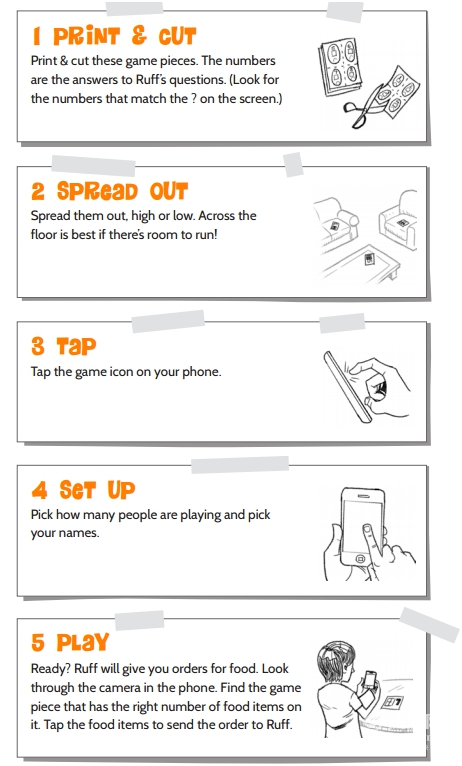
After downloading the program, you can scan these images to play.
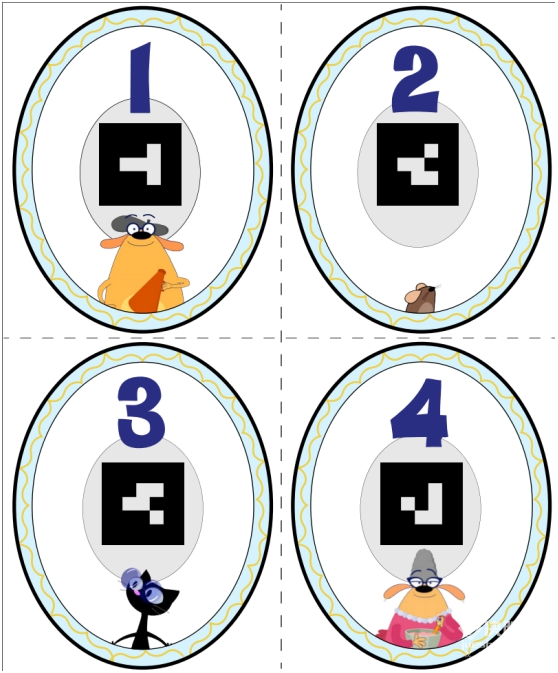
FETCH! Lunch Rush is an AR app designed for iPhone, iPod Touch and iPad. It can be downloaded free of charge in the App Store, and Android users can't use it for the time being. It is the first AR application launched by PBS KIDS.
AR sandbox: Mom no longer has to worry about my geography.
The LakeViz3D project designed an AR augmented reality sandbox with a mainframe, a projector and an action tracking device mounted above the sandbox. When students pile hills and valleys in the sandbox, the projector projects the contours and height maps; when the students put their palms on the top of the mountain, the virtual rainwater will pour down through the mountains and valleys. Form a stream. This AR sandbox uses exploratory learning theory, allowing students to create a variety of geographical shapes and intuitively learn geography.
The specific use scenario is this: A student uses a pair of tweezers to shave sand in a 4' x 3' box to form the hills and valleys. Above it, a Microsoft Kinect camera automatically measures the distance from the sand and projects contours and colors on the sand table - cool colors for the ground and warm colors for the mountains.
As the student continued to push the sand around the mountain, the color began to change, forming a green and orange island, and a blue ocean. When the student puts his palm on the top of the mountain, the virtual rain will fall down. They eventually crossed the mountain and flowed into the blue.
With this augmented reality sandbox, many large, slow, and complex geography processes can become more visible and tangible.
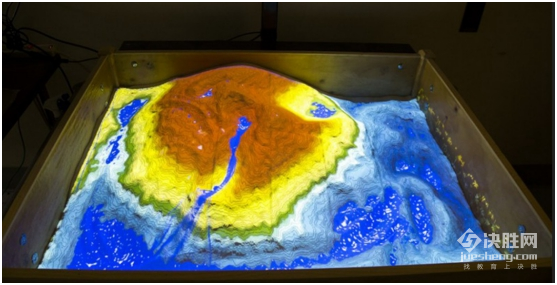
Teachers can use the AR sandbox to present a range of interactive earth science concepts. For example, let students construct a variety of geomorphological features on the surface, explaining how these features can be produced through a variety of changes, such as floods, erosion, geological formations, and ice ages. Teachers at the University of East Carolina report that the AR sand table can help students to clearly and intuitively interpret contours and visual 3D landscapes in geology and geology laboratories. At the University of Redlands, instructors at the Department of Geology and Natural Disasters found that AR reduces the barriers to spatial learning and helps students develop intuition to understand the terrain and its applications.
Anatomy 4D: Let medical students dissect without corpses
Anatomy 4D is an AR application that allows high school students to study the human skeleton in their leisure time. From different angles, they can zoom in and out and rotate freely. Students can also choose to watch the muscle system, nervous system or circulatory system, but for most students, a single bone system is enough. On 8 x 11-inch paper, AR technology presents a lifelike bone 3D effect. Students can use the iPad as a display device to view the skeletal system from different angles so that specific bones can be studied in detail.
In addition, a research team at the University of Otago in New Zealand has developed an AR application where students can scan over-the-counter drugs on their mobile phones and then see the main components of the drug. They can also rotate the 3D model to better observe the drug and view the chemistry of the drug. structure. This application allows students to visually understand that the role of the drug must be combined with the substance in the body to play a pharmacological role. AR's medical applications include Curiscope's human bone t-shirt and Human Heart 3D application that displays a 3D heart.
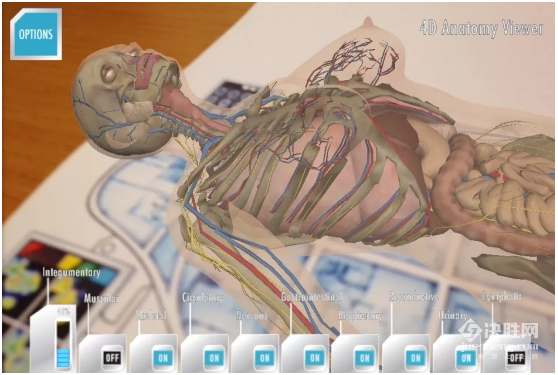
3D stereo AR globe: a minute to travel across the seven continents of the seven continents
The AR globe is built by the first ARB of the new three-board AR. It truly experiences the celestial mode of operation of the eight planets of the solar system. It is like being in the universe and experiencing the magical scene surrounded by the planet. AR virtual reality technology brings you insight. Earth structure, visit the outbreak center of geo-meteorology; there is a trip to the earth that will make your child's heart move, take you up the mountain and enter the sea, and also interact with the national treasure-level animals. China's Great Wall, the Eiffel Tower, the Egyptian Sphinx... the world's scenic spots. The AR globe will bring you an unprecedented journey to the earth...
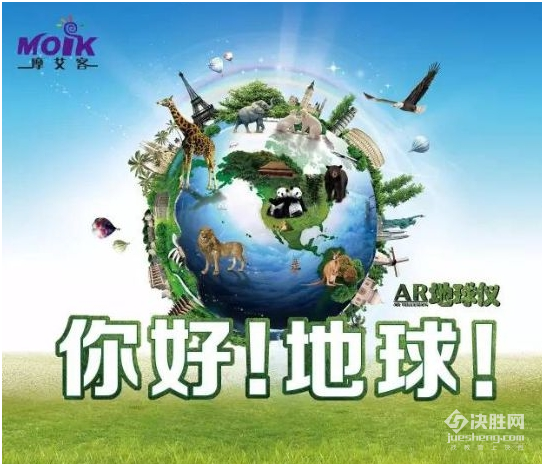
This globe is rich in content, in addition to celestial knowledge, including the national conditions and geographical introduction of 195 countries around the world, it can vividly and intuitively present buildings of all countries in the world, global animals, solar system, etc. It can also be superimposed by AR technology and realistic scenes and characters. And take pictures, full of fun. This AR globe uses a real-life voice to fully introduce geo-geographic knowledge and use interactive speech technology to deepen understanding of geo-geographic knowledge. This is a true encyclopedia of geo-geographic knowledge.
Spacecraft 3D: Let you observe outer space up close
NASA's Jet Propulsion Laboratory (JPL) has developed an AR application called Spacecraft 3D that allows aerospace fans to "closely" observe spacecraft and outer space exploration, and by using Augmented reality animations show the movement of the entire spacecraft, allowing users to move the external components of these ships.
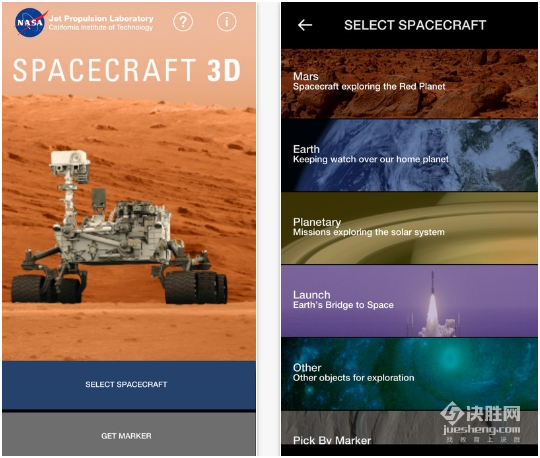
The app can be downloaded on both Apple devices and Android devices. Users can first print the image mark on a piece of plain white paper (or directly scan the image on the computer), then align the camera on the phone with the image mark. You can see the 3D models of various spacecraft on your phone screen.
Kevin Hussey, head of JPL visualization technology, explained: "If you want to know the Mars Walker, just like the Hollywood director measures the film, you move the camera on your phone up and down, and the various spacecraft will follow you. Aerospace fans can learn about spacecraft vividly and intuitively through our app."
The current Mars probe Curiosity and the lunar orbiting aircraft GRAIL have been installed on the spacecraft on the App. In the future, NASA will also add Cassini, a Saturn aircraft, an aircraft Dawn in the asteroid belt, and a Voyager spacecraft flying on the edge of the solar system.
After installing this application, you can see 3D stereoscopic spacecraft and spacecraft by scanning the image below.
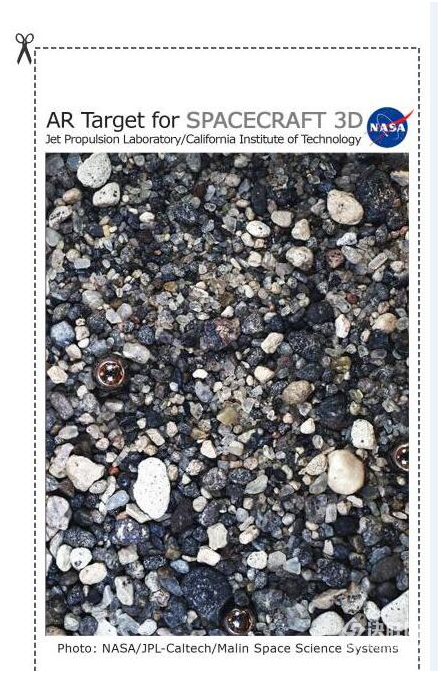
Take out your phone, download these fun apps, and start learning while you play!
Pe Cling Film For Food,Pe Cling Film,Cling Film Food,Kitchen Pe Cling Film
DONGGUAN YEE HUP TRADING CO,.LTD , https://www.dgyeehupack.com